Dry skin is one of the main factors responsible for itching in a beard. But other causes can also provoke them.
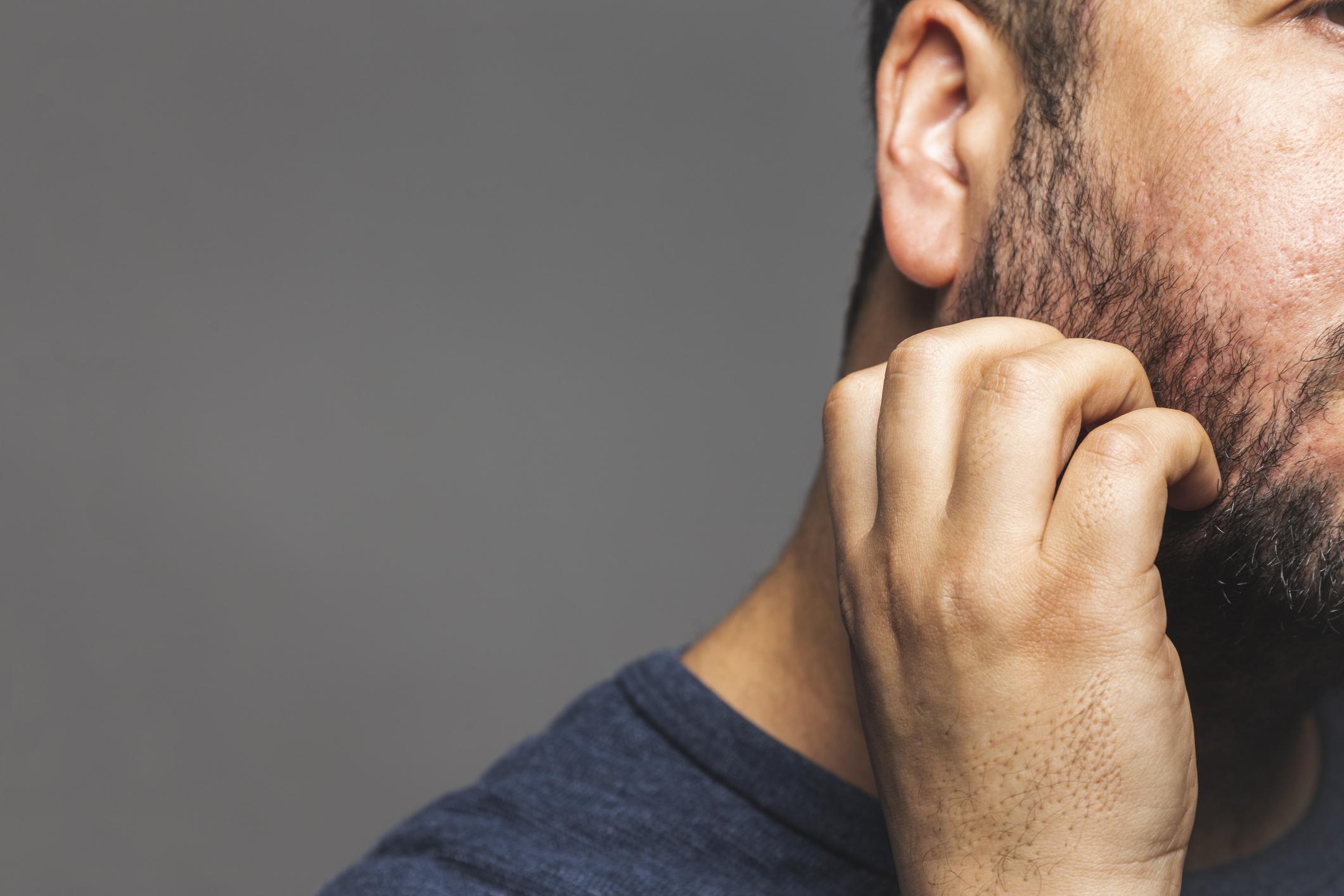
- Different bacteria, yeasts and micro-organisms live and proliferate within a beard. These germs can sometimes cause itching.
- Staphylococcus can grow in a beard due to moisture and flaking.
Having a beautiful beard requires maintenance. In particular, it must be cleaned, exfoliated and moisturized with beard oil. The goal? Remove all the dead skin that accumulates there and that can be responsible for redness, itching and pimples.
“Skin cells are shedding at an alarmingly rapid rate (…) Whenever dead skin cells and sebum combine with moisture, bacteria and yeast can hide, grow and proliferate in beard”explained Dr. Alok Vij, dermatologist, to Healthessentials. During his interview, the specialist revealed in particular the factors that promote itching in a beard and gave solutions to remedy it.
Seborrheic dermatitis can be responsible for itching
Dry skin is the number one cause of an itchy beard. The cold, medication, shampoos or skin conditions (eczema, psoriasis) can dry out the epidermis, and at the same time cause an itchy beard. To reduce the risk of dryness, Doctor Alok Vij recommended the use of a moisturizer to be applied to irritated skin.
Seborrheic dermatitis is characterized by the appearance of red patches accompanied by white or yellowish dandruff on oily areas of the skin (scalp, face). This condition can also affect the beard and cause itching. “If you start to get redness, flaking and itching, dandruff shampoos can be helpful to get rid of it”recommended the dermatologist.
Certain bacteria can grow on the skin, especially in moist areas like the beard. “When you have a beard, with the moisture and flaking of the skin, the conditions are in place for staph to grow in that area”, said Dr. Alok Vij. This infection can lead to folliculitis, which is an infection of a hair follicle that takes the form of a small red or white pustule at the base of a hair. To treat it, wash the affected area well with shampoo and use an anti-itch cream.
Itchy beard: how to treat ingrown hairs?
It is not uncommon for ingrown hairs to form within a beard. To reduce itching, use a gentle cleanser or exfoliator to remove dead skin cells. Another recommendation: choose a clean razor blade and apply a shaving cream to your skin during the next shave. This reduces the risk of ingrown hairs.
Lice particularly like the heads of young children to feed and spread, but these pests can also settle in the hairs of a beard. The bites from these insects can then cause a strong urge to scratch. “Head lice go to straight hair (…) But if you have curly hair in your beard, you are more likely to have pubic lice (or crabs) on this area”, said the dermatologist. To get rid of lice, you can use an over-the-counter head lice product from drugstores or shave your beard entirely.
“If you go to have your beard trimmed in a salon or at a barbershop and the razor is not completely disinfected, you can contract sycosis barbae”, warned Dr. Alok Vij. This bacterial infection can be responsible for itching. The dermatologist advised the application of an antifungal cream to cure it, but in severe cases an oral antibiotic may be required.







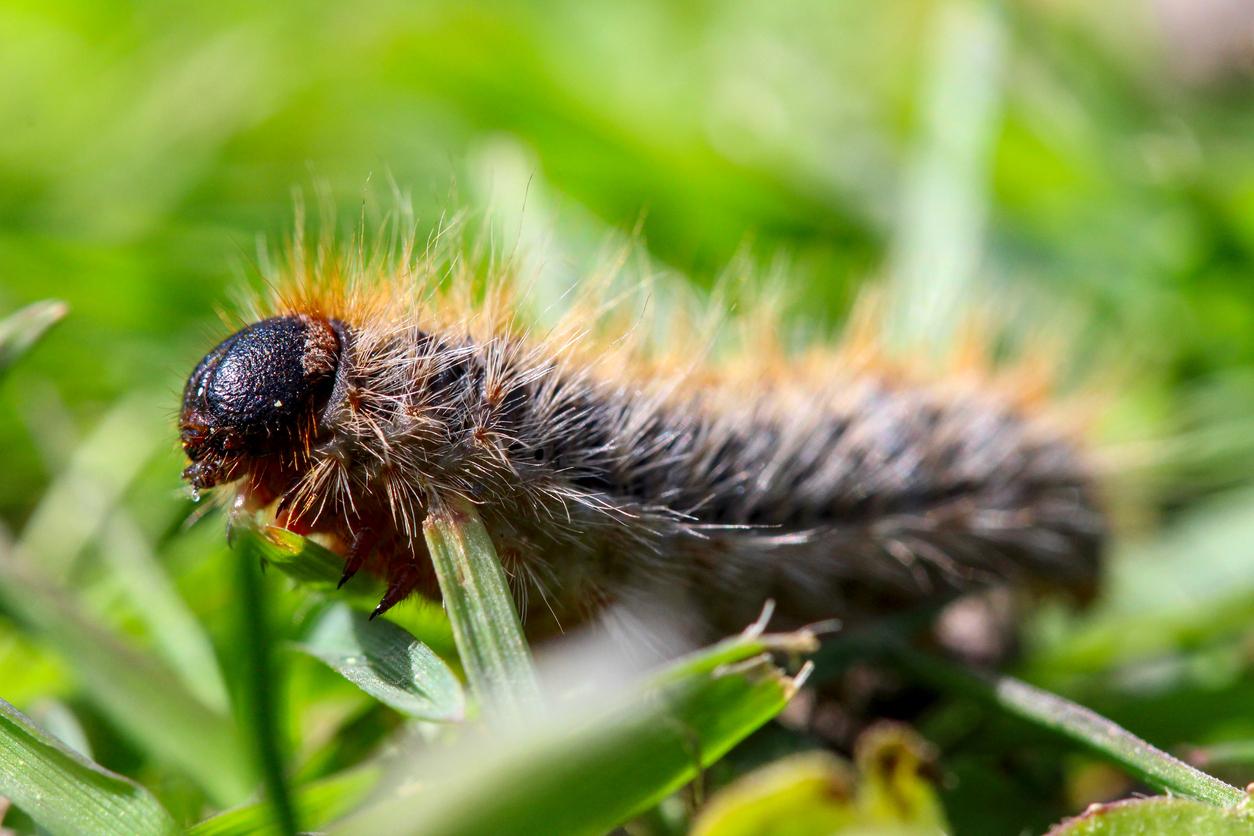
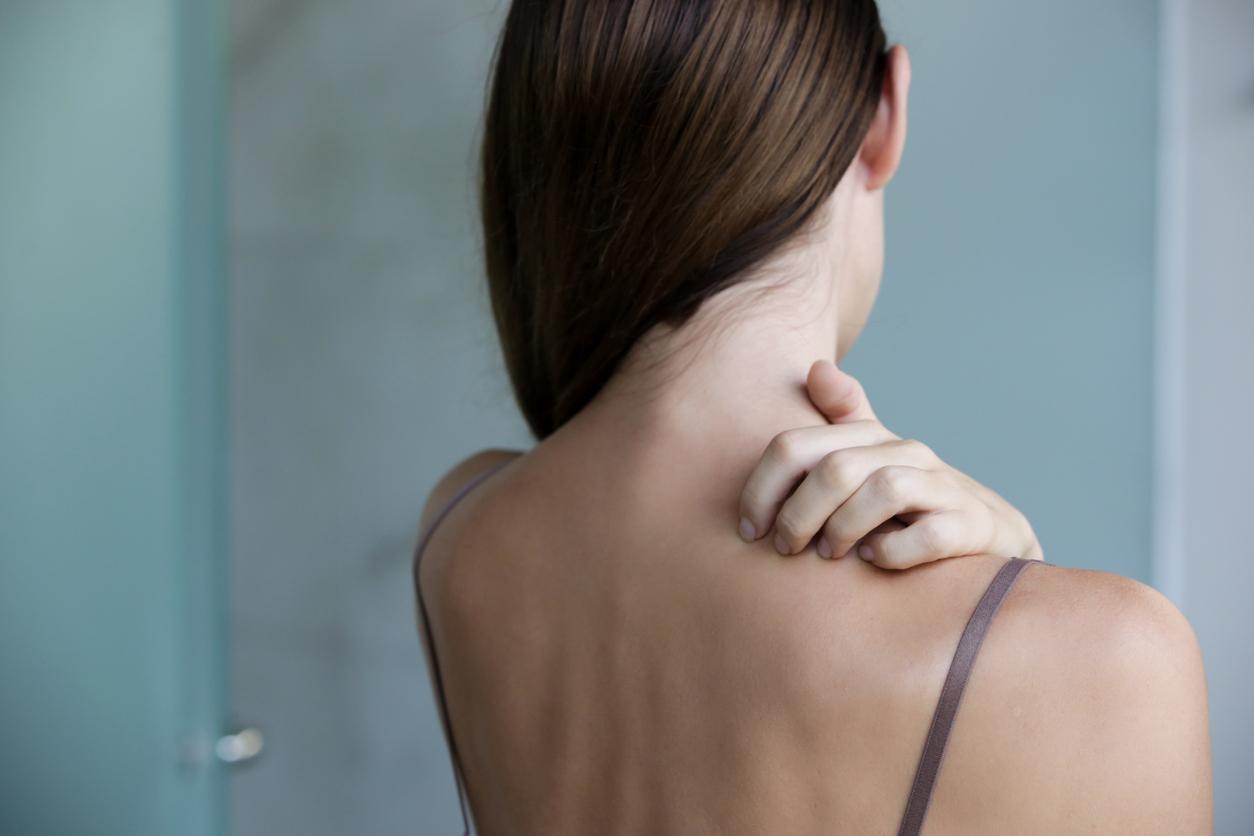

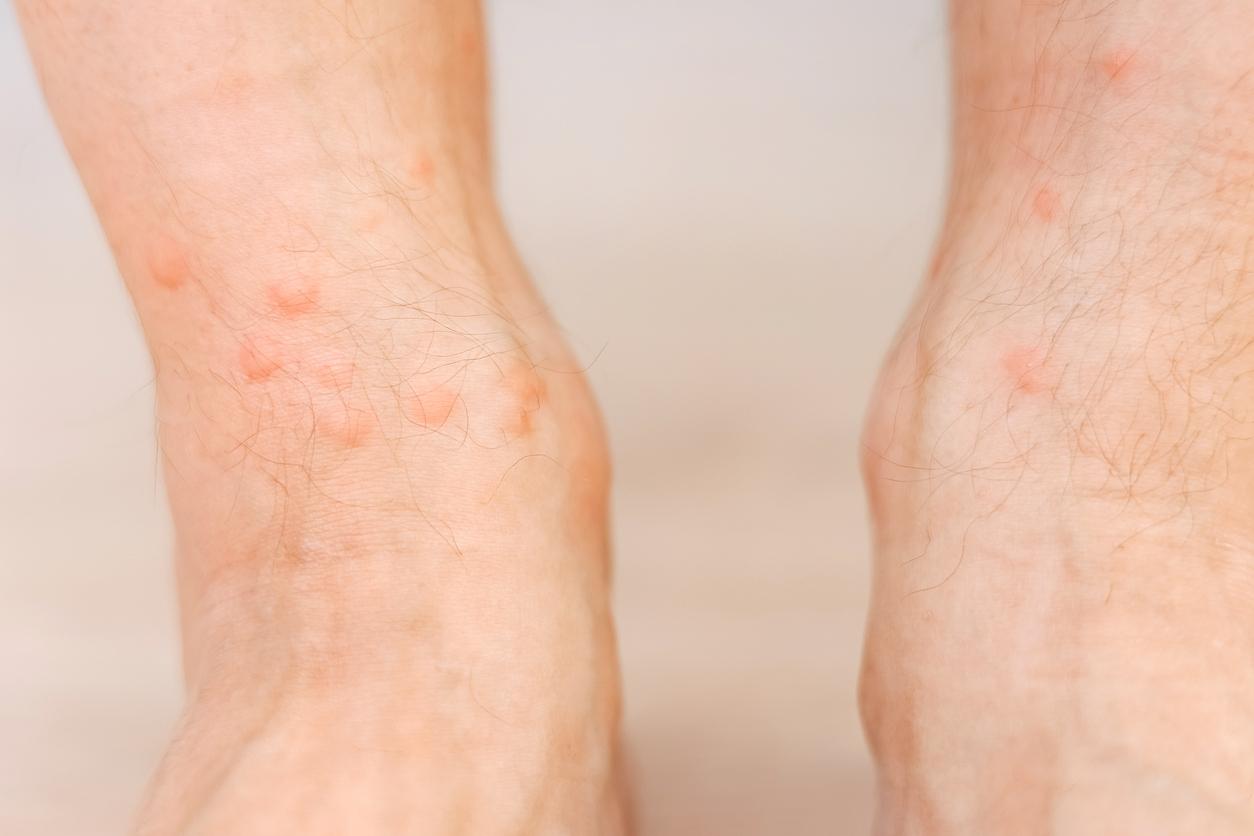
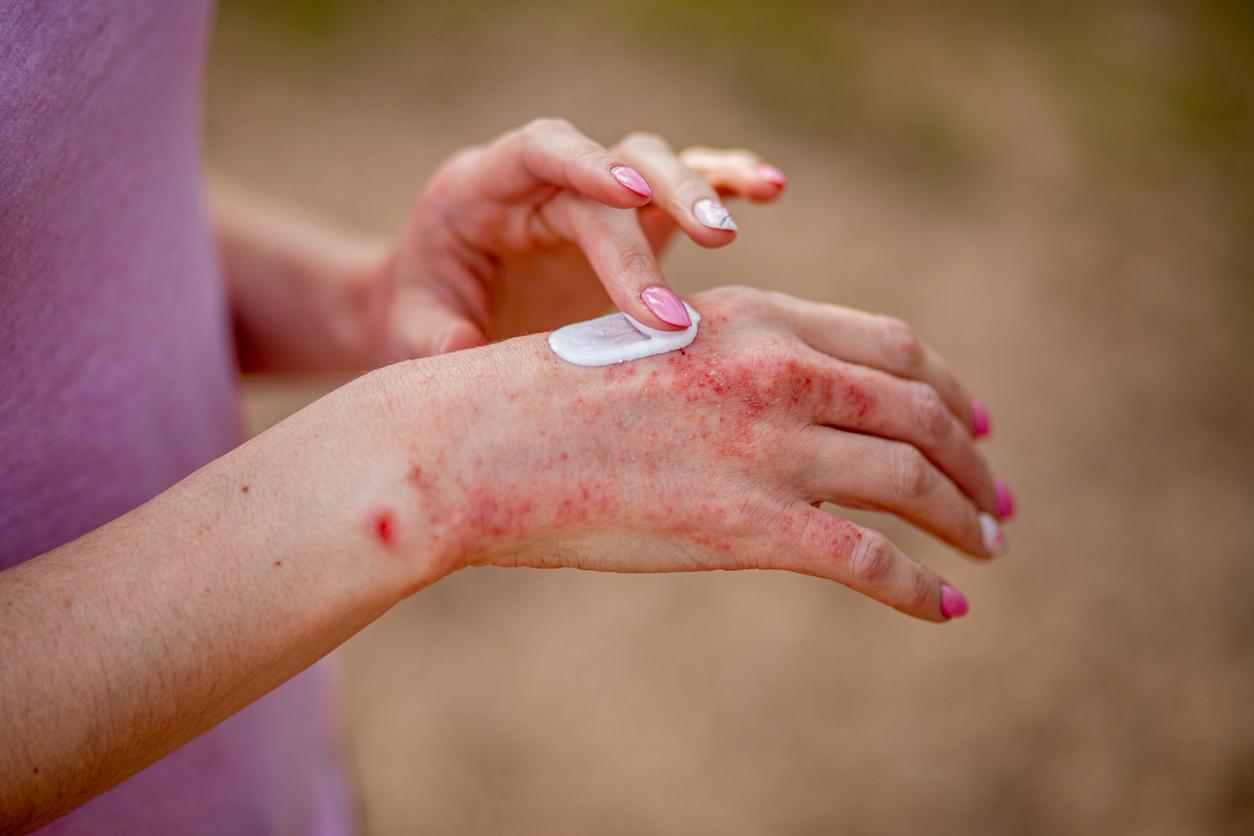

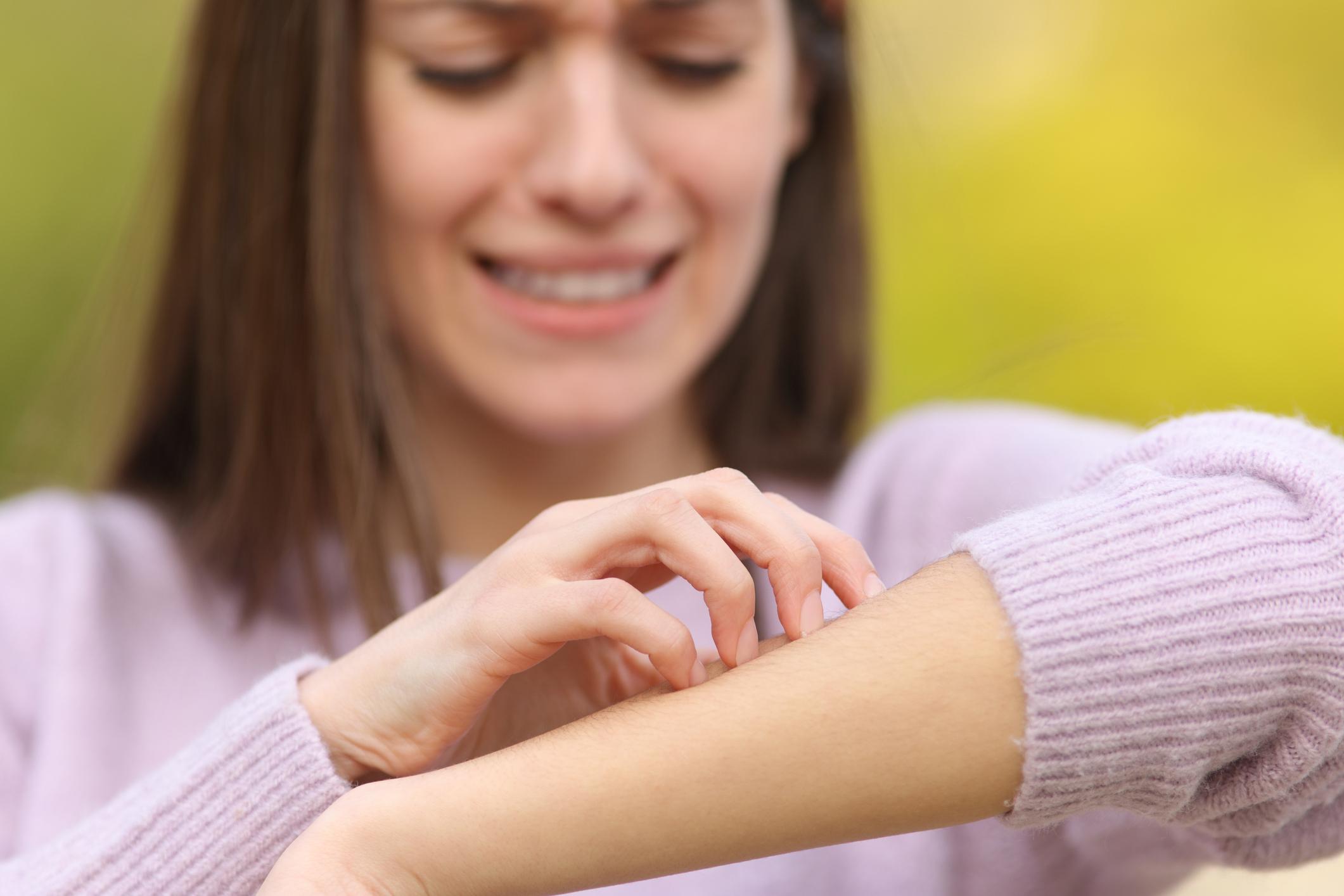
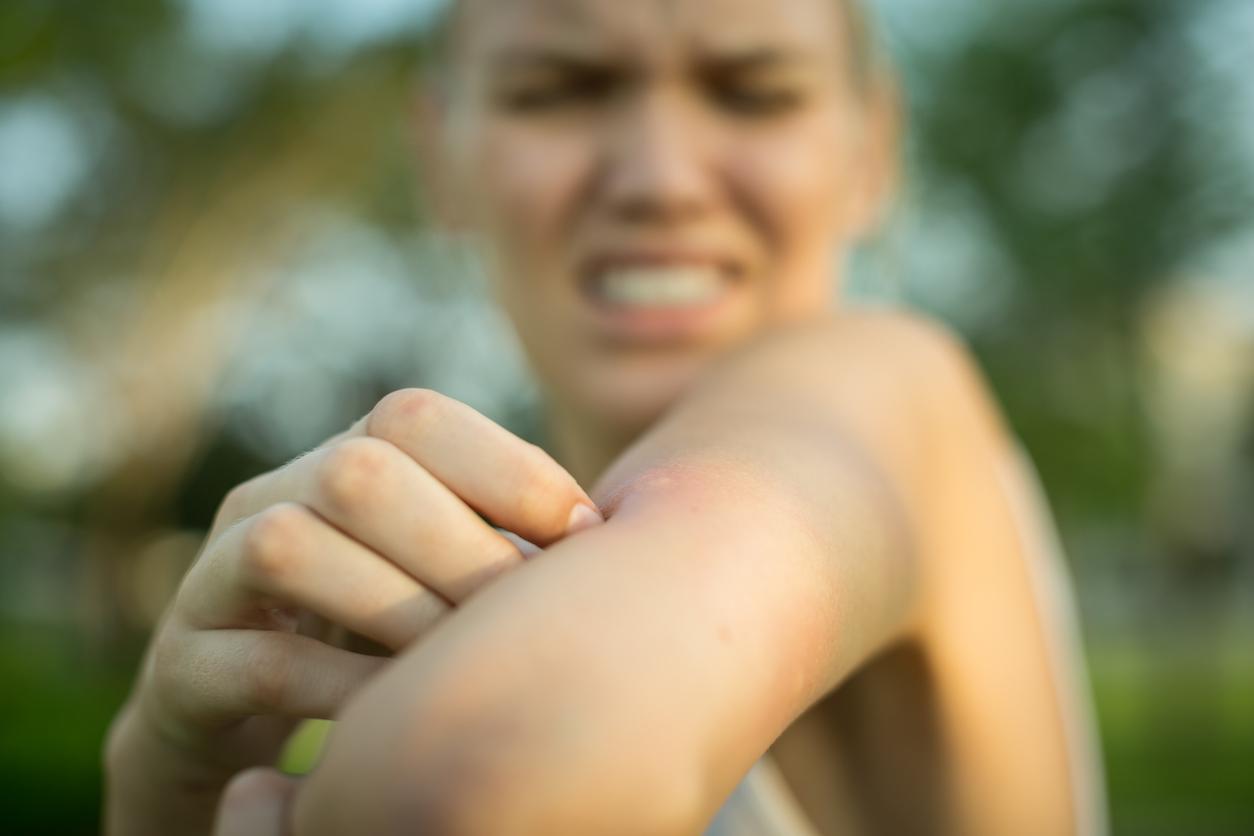
-1685098342.jpg)